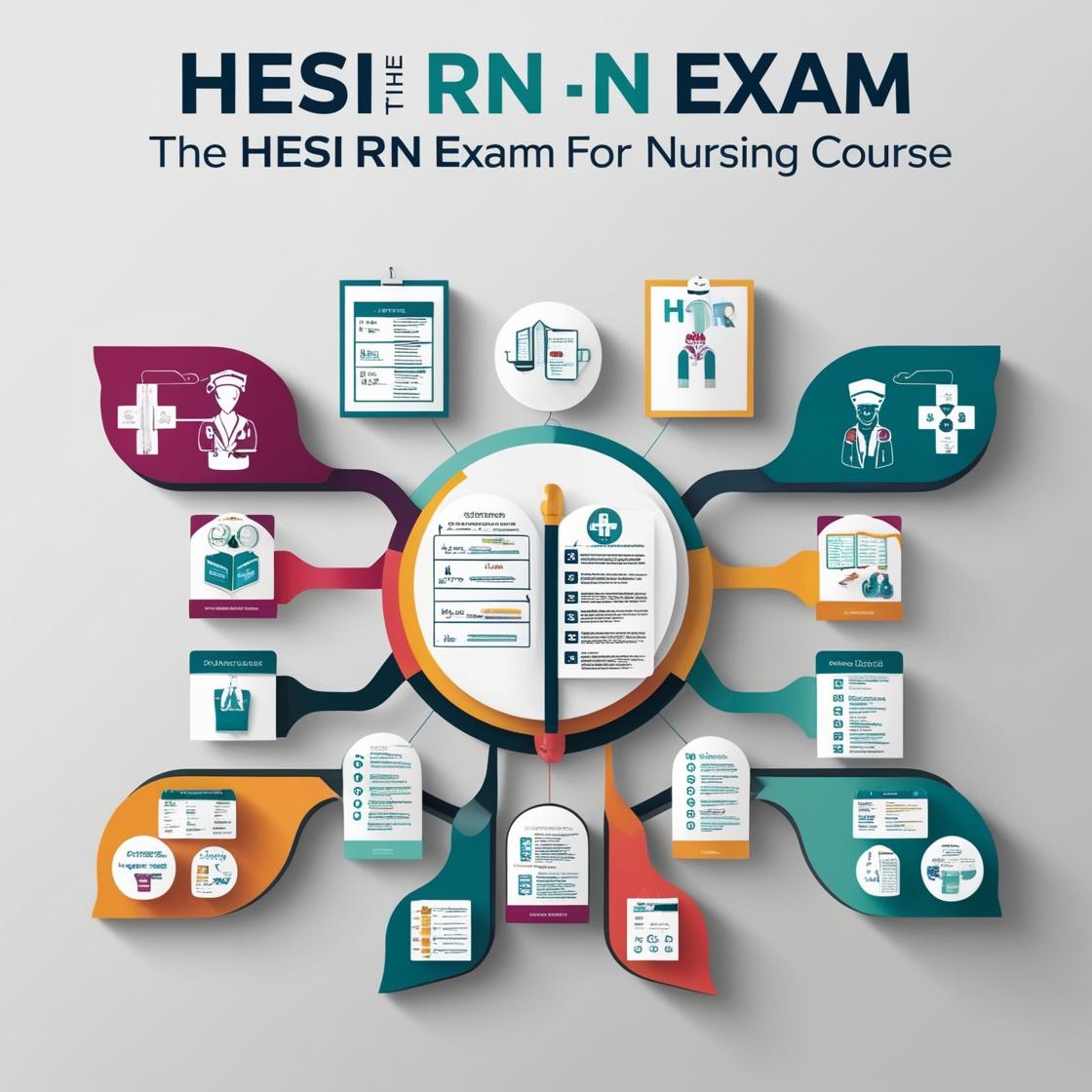HESI RN
HESI Nutrition Practice Exam
1. A nurse is caring for a client who has a new prescription for a low-sodium diet. The client's family has requested to bring in some of the client's favorite foods. Which of the following food items should the nurse recommend the family members to omit?
- A. Boiled rice
- B. Italian bread
- C. Broiled salmon filet
- D. Pickled beets
Correct answer: D
Rationale: The correct answer is D, Pickled beets. Pickled foods often contain high levels of sodium, which should be avoided in a low-sodium diet. Boiled rice, Italian bread, and broiled salmon filet are generally lower in sodium compared to pickled beets, making them more suitable choices for a client on a low-sodium diet.
2. The nurse is caring for a 7-year-old with acute glomerulonephritis (AGN). Findings include moderate edema and oliguria. Serum blood urea nitrogen and creatinine are elevated. What dietary modifications are most appropriate?
- A. Decreased carbohydrates and fat
- B. Decreased sodium and potassium
- C. Increased potassium and protein
- D. Increased sodium and fluids
Correct answer: B
Rationale: The correct answer is 'Decreased sodium and potassium.' In acute glomerulonephritis, managing edema and oliguria is crucial. Reducing sodium and potassium intake helps achieve this by decreasing fluid retention and workload on the kidneys. Choice A, 'Decreased carbohydrates and fat,' is not directly related to managing AGN. Choice C, 'Increased potassium and protein,' is incorrect as increasing potassium can be harmful in kidney conditions. Choice D, 'Increased sodium and fluids,' is also incorrect as it can exacerbate edema and hypertension in AGN.
3. A client has been diagnosed with Zollinger-Ellison syndrome. Which information is most important for the nurse to reinforce with the client?
- A. It is a condition in which one or more tumors, called gastrinomas, form in the pancreas or in the upper part of the small intestine (duodenum).
- B. It is critical to promptly report any findings of peptic ulcers to your health care provider.
- C. Treatment consists of medications to reduce acid and heal any peptic ulcers and, if possible, surgery to remove any tumors.
- D. The average age at diagnosis is 50 years, and peptic ulcers may occur in unusual areas of the stomach or intestine.
Correct answer: B
Rationale: Prompt reporting of peptic ulcers is crucial in managing Zollinger-Ellison syndrome to prevent complications and guide treatment. While choices A, C, and D provide relevant information about the condition and its treatment, the most important aspect in the client's care is the prompt reporting of peptic ulcers. This is because untreated peptic ulcers in Zollinger-Ellison syndrome can lead to serious complications such as gastrointestinal bleeding or perforation. Therefore, ensuring timely communication with the healthcare provider is essential for effective management of the condition.
4. A client is lactose intolerant, and a nurse is reinforcing teaching. Which of the following statements should the nurse include?
- A. You should increase the fiber in your diet.
- B. You should increase the calories in your diet.
- C. You should decrease the dairy products in your diet.
- D. You should decrease the amount of vitamin D in your diet.
Correct answer: C
Rationale: The correct statement for a client who is lactose intolerant is to decrease dairy products since lactose intolerant individuals should avoid dairy to prevent symptoms like bloating, diarrhea, and gas. Increasing fiber (Choice A) or calories (Choice B) is not directly related to lactose intolerance. Decreasing vitamin D (Choice D) is not necessary as lactose intolerance is about the sugar in dairy, not vitamin D.
5. Which of these clients, all in the terminal stage of cancer, is least appropriate to suggest the use of patient-controlled analgesia (PCA) with a pump?
- A. A young adult with a history of Down syndrome
- B. A teenager who reads at a 4th-grade level
- C. An elderly client with numerous arthritic nodules on the hands
- D. A preschooler with intermittent alertness
Correct answer: D
Rationale: The correct answer is D, a preschooler with intermittent alertness. This client may not have the cognitive ability to effectively use a PCA pump due to their age and alertness level. They may not understand how to self-administer the analgesia. Choices A, B, and C are more appropriate candidates for PCA as they are likely to have better comprehension and ability to operate the PCA pump compared to a preschooler with intermittent alertness.
Similar Questions

Access More Features
HESI RN Basic
$69.99/ 30 days
- 50,000 Questions with answers
- All HESI courses Coverage
- 30 days access @ $69.99
HESI RN Premium
$149.99/ 90 days
- 50,000 Questions with answers
- All HESI courses Coverage
- 30 days access @ $149.99
